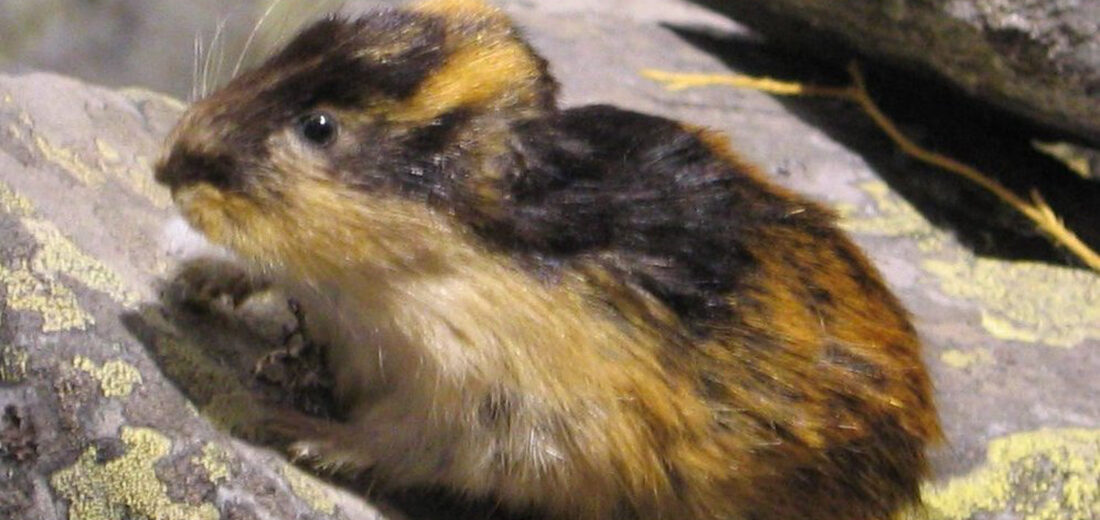
There are around 30 known species of lemming that can be found in the northern parts of Canada, Alaska, Europe, and Asia; near the Arctic Circle. Lemmings live in Arctic tundra, woodlands, and taiga. Their overall population varies from year to year, depending on the available food sources, but they are not listed as endangered by the IUCN, as their populations are very stable. This article is on special request from Bryan.
First the Stats…
Scientific name: Lemmini
Weight: Up to 2.5 ounces
Length: Up to 8.6 inches
Lifespan: Up to 2 years
Now on to the Facts!
1.) Being herbivores (eats plant matter), their diet consists of roots, shoots, leaves, bulbs, seeds, grass, and berries.
2.) Due to the low nutritional value that makes up their diet, the lemming has to eat up to 6 hours a day!
3.) Their primary predators are hawks, owls, gyrfalcons, wolves, foxes, and stoats.
4.) They may be little, but they are fierce towards predators… well, as fierce as the little critters can be. Some even display aposematic coloration (coloration that warns of danger).
5.) Their sharp teeth continually grow, so they have to gnaw on tough roots, stalks, and tubers in order to wear them down.
But wait, there’s more on the lemming!
6.) Even though they live in frigid conditions, they actually don’t hibernate. They continue their daily search for food even in the harshest of winter conditions.
7.) During a population explosion, they will embark on mass migrations to new areas to find new food and places to call home.
Did you know…?
A Disney documentary feature shamefully staged a mass migration that showed lemmings migrating right off a cliff! This gave way to the myth that they blindly follow a leader to certain death.
8.) Lemmings have waterproof fur and can even swim, but they can drown during mass migrations where their trek involves a waterway, as they can get trampled.
9.) These critters are typically solitary, except during migrations and mating season.
10.) Pregnancy lasts 3 weeks and ends with up to 4 – 7 babies. Most babies are born during the summer months.
Now a Short Lemming Video!
Also, check out the Critter Science YouTube channel. Videos added frequently!
Want to suggest a critter for me to write about? Let me know here.



